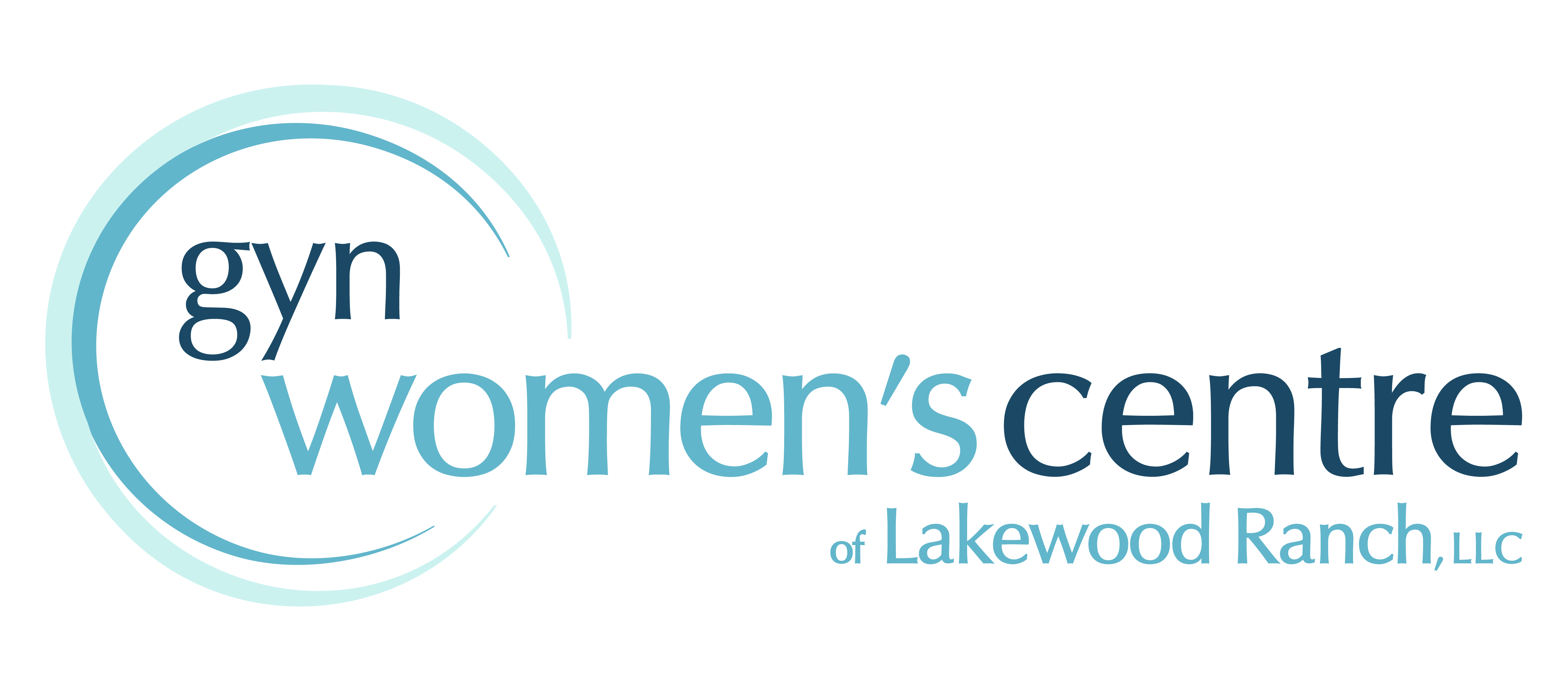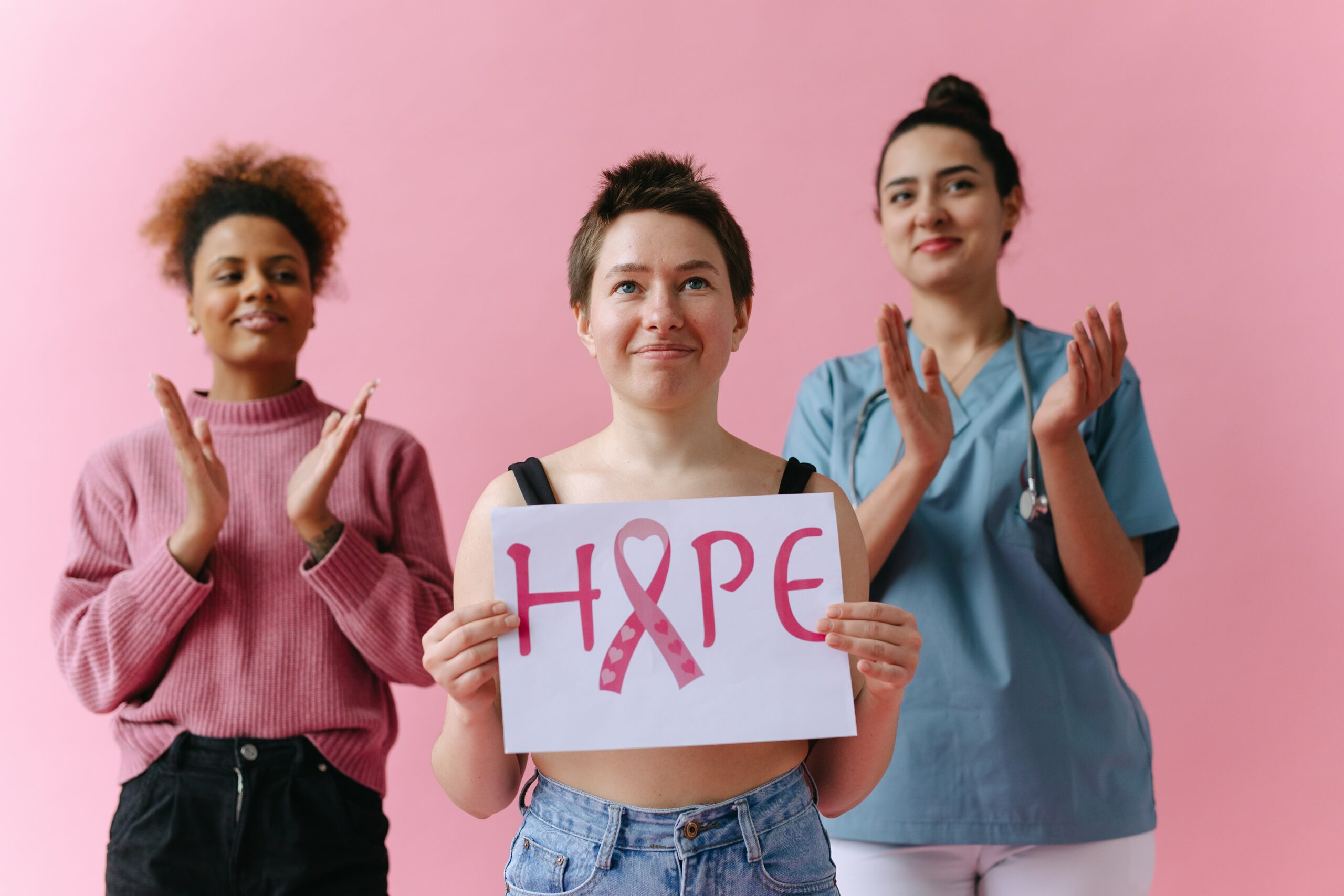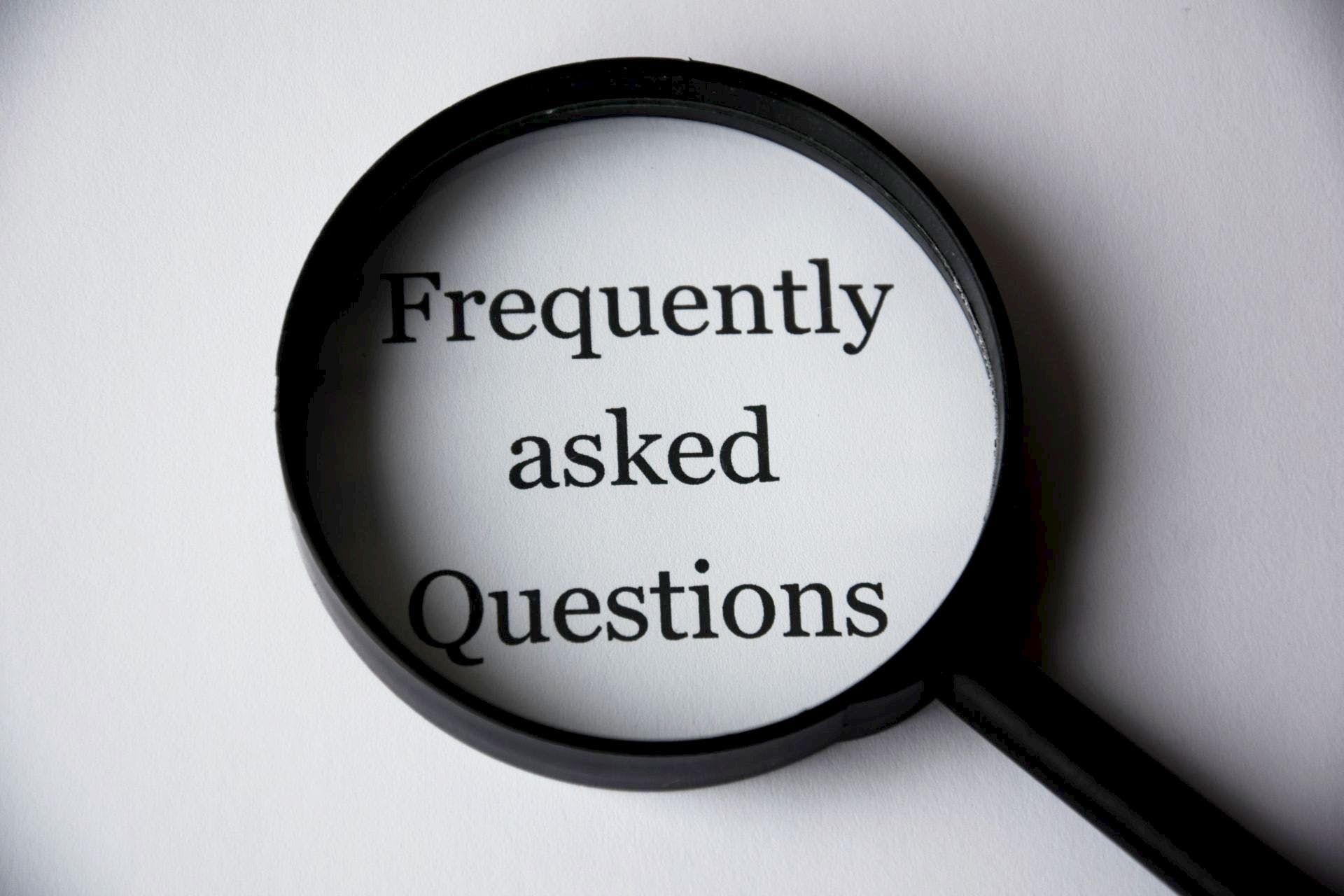If you or someone you love have been faced with a breast cancer diagnosis you may be curious to learn more about hormone therapy. It is a good plan to do your research when it comes to any medical diagnosis. You may not always know what questions you should be asking your healthcare provider. If you are taking the time to do the research it may help to prompt you to ask your healthcare provider how the information you have found in your research relates to your medical diagnosis.
Hormone Therapy
Hormone therapy is a crucial treatment for hormone-sensitive breast cancer. There are three primary ways it’s used:
Adjuvant Therapy for Early-Stage Breast Cancer
Hormone therapy like tamoxifen is approved by the FDA for premenopausal and postmenopausal women (and men) with early-stage ER-positive breast cancer. Aromatase inhibitors, such as anastrozole, letrozole, and exemestane, are approved for postmenopausal women. Studies show that taking tamoxifen for at least 5 years after surgery for ER-positive breast cancer reduces recurrence risk and improves survival. Newer therapies, like aromatase inhibitors, offer more options, and their effectiveness has been compared to tamoxifen.
Advanced or Metastatic Breast Cancer Treatment
Various hormone therapies are approved for metastatic or recurrent hormone-sensitive breast cancer. They’re also used for ER-positive breast cancer that recurs in the breast, chest wall, or nearby lymph nodes. SERMs like tamoxifen and toremifene, and antiestrogens like fulvestrant, are used. Aromatase inhibitors such as anastrozole and letrozole are initial therapies for postmenopausal women. Some patients receive a combination of hormone therapy and targeted therapies like palbociclib or abemaciclib.
Neoadjuvant Treatment
Hormone therapy can be used before surgery to shrink tumors (neoadjuvant therapy). Studies have shown its effectiveness, particularly aromatase inhibitors, in reducing tumor size in postmenopausal women. Its efficacy in premenopausal women is still being studied.
Prevention of Breast Cancer
Most breast cancers are ER-positive and hormone therapy can be used to prevent breast cancer in high-risk women. Tamoxifen and raloxifene, approved by the FDA, reduce risk by about 50% and 38%, respectively, for those at increased risk. Aromatase inhibitors like exemestane and anastrozole have also shown risk reduction.
Side Effects and Considerations
Hormone therapy has common side effects like hot flashes, night sweats, and vaginal dryness. It might disrupt menstrual cycles in premenopausal women. Some less common but serious side effects include blood clots, stroke, cataracts, and endometrial cancer. Aromatase inhibitors could increase the risk of heart-related issues and bone loss. Fulvestrant might lead to gastrointestinal symptoms and pain.
Each patient’s situation is unique, and decisions about hormone therapy should be made in consultation with an oncologist, weighing its benefits against potential side effects. Switching strategies, like combining tamoxifen and aromatase inhibitors, are used to find the best balance for each individual.
Hormone therapy is a valuable tool in the fight against breast cancer, offering hope and improved outcomes for patients.
As you may already know, early detection is key in the fight against breast cancer. Be sure you are doing regular breast self-exams, keeping up with your well-woman care visits, and doing routine mammograms (you can start as early as 40 years of age). Need an appointment? You can schedule your appointment with GYN Women’s Centre of Lakewood Ranch here.




